Introduction
In today’s digital era, data centers are essential for storing and processing vast amounts of information. However, the environmental impact of these facilities cannot be overlooked. As the world becomes increasingly conscious of sustainability, integrating nature into data center design has gained significant attention. This blog post explores the concept of green roofs and living walls and how they can contribute to a greener and more sustainable approach to data center infrastructure, leveraging the power of 3D, 4D, and 5D modeling.
BENEFITS OF GREEN ROOFS AND LIVING WALLS
1.1 Environmental Benefits
Green roofs and living walls offer numerous environmental advantages. They reduce the urban heat island effect by mitigating temperature fluctuations, resulting in energy savings for data centers. Additionally, they absorb and filter rainwater, reducing the burden on drainage systems and minimizing the risk of flooding. Greenery also acts as an air purifier, filtering pollutants and enhancing air quality.
1.2 Energy Efficiency
Data centers require substantial cooling systems to maintain optimal operating temperatures. By implementing green roofs, the insulating properties of vegetation help regulate indoor temperatures, reducing the need for excessive cooling. This leads to energy savings and a more efficient use of resources, ultimately lowering carbon emissions associated with data center operations.
1.3 Aesthetics and Well-being
Green spaces contribute to employee well-being and productivity. Integrating nature into data center design through green roofs and living walls creates visually appealing environments, improving the overall atmosphere for workers. Studies have shown that exposure to nature and natural elements can enhance mood, reduce stress levels, and increase overall job satisfaction.
INTEGRATION OF GREEN ROOFS AND LIVING WALLS IN DATA CENTER DESIGN
2.1 Green Roofs
Green roofs consist of a layer of vegetation, soil, and a waterproofing system. When incorporated into data center design, they require careful planning to ensure structural integrity and safety. Data centers often have flat roofs, making them ideal candidates for green roof installations. These vegetated roofs can be designed with a combination of hardy plants, grasses, and even small trees. They provide insulation, absorb rainwater, and enhance biodiversity, all while reducing energy consumption and extending the lifespan of the roof.
2.2 Living Walls
Living walls, also known as vertical gardens or green walls, are vertical structures covered with plants. They can be installed both indoors and outdoors, making them a versatile choice for data centers. Living walls not only offer aesthetic appeal but also contribute to improved air quality by filtering pollutants and releasing oxygen. They can be integrated into data center lobbies, break areas, or even server rooms, adding a touch of nature to the space.
LEVERAGING 3D, 4D & 5D MODELING FOR OPTIMAL DESIGN
3D, 4D, and 5D modeling play a crucial role in the successful implementation of green roofs and living walls in data center design. These advanced modeling techniques allow for precise planning, dynamic simulations, and cost management.
3.1 3D Modeling for Precise Design
Using 3D modeling technology, architects and designers can create accurate representations of green roofs and living walls within the data center’s structure. This allows for precise planning, ensuring that the integration of green elements is seamlessly incorporated into the overall design. Visualizing the final result through 3D modeling helps stakeholders understand the concept and make informed decisions.
3.2 4D Modeling for Dynamic Simulation
With 4D modeling, the dimension of time is added to the equation. This allows for the simulation of how green roofs and living walls evolve and adapt over time. Data center operators can assess the long-term impact on energy consumption, maintenance requirements, and overall sustainability. By considering the dynamic aspects of these green features, data centers can optimize their performance and longevity.
3.3 5D Modeling for Cost and Resource Management
Integrating 5D modeling into the design process enables data center operators to assess the cost and resource implications of incorporating green roofs and living walls. This advanced modeling technique combines the 3D representation with cost data, enabling accurate budgeting, material estimation, and resource allocation. By leveraging 5D modeling, data centers can make informed decisions and optimize the financial aspects of their sustainability initiatives.
CONCLUSION
Integrating green roofs and living walls into data center design offers a multitude of benefits. From environmental advantages and energy efficiency to aesthetic appeal and employee well-being, these nature-based solutions contribute to a greener and more sustainable approach to data center infrastructure. By leveraging the power of 3D, 4D, and 5D modeling, data center operators can ensure optimal design, dynamic simulations, and cost management, creating a harmonious integration of nature and technology. Embracing this innovative approach will lead to more environmentally friendly and efficient data centers, shaping a brighter and sustainable future for the digital world.




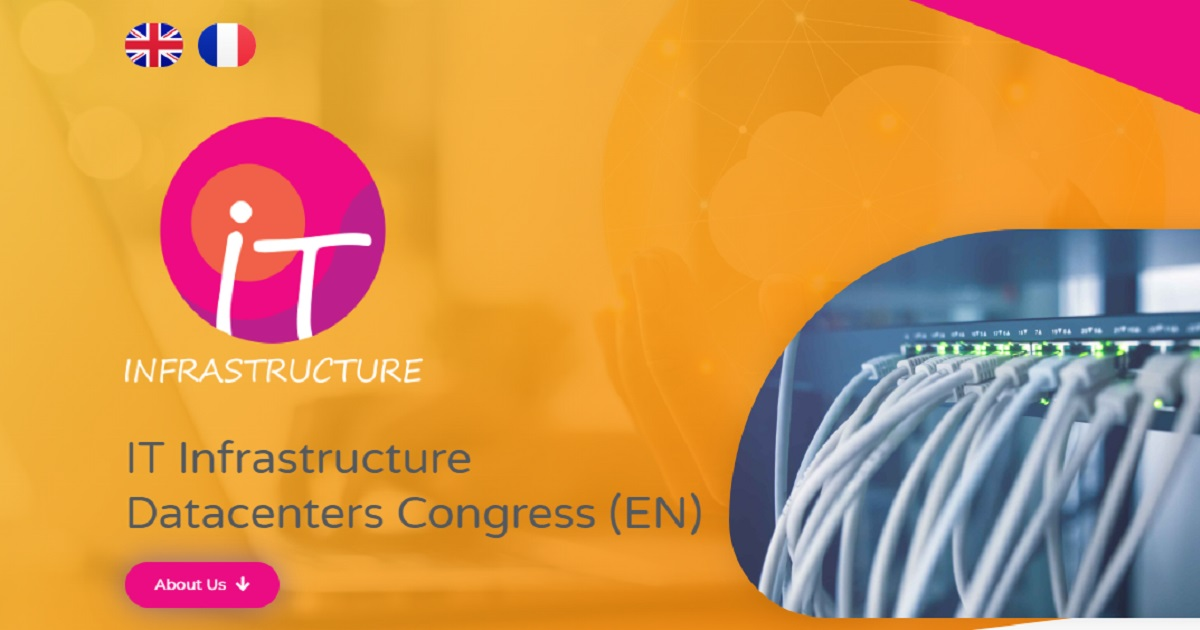
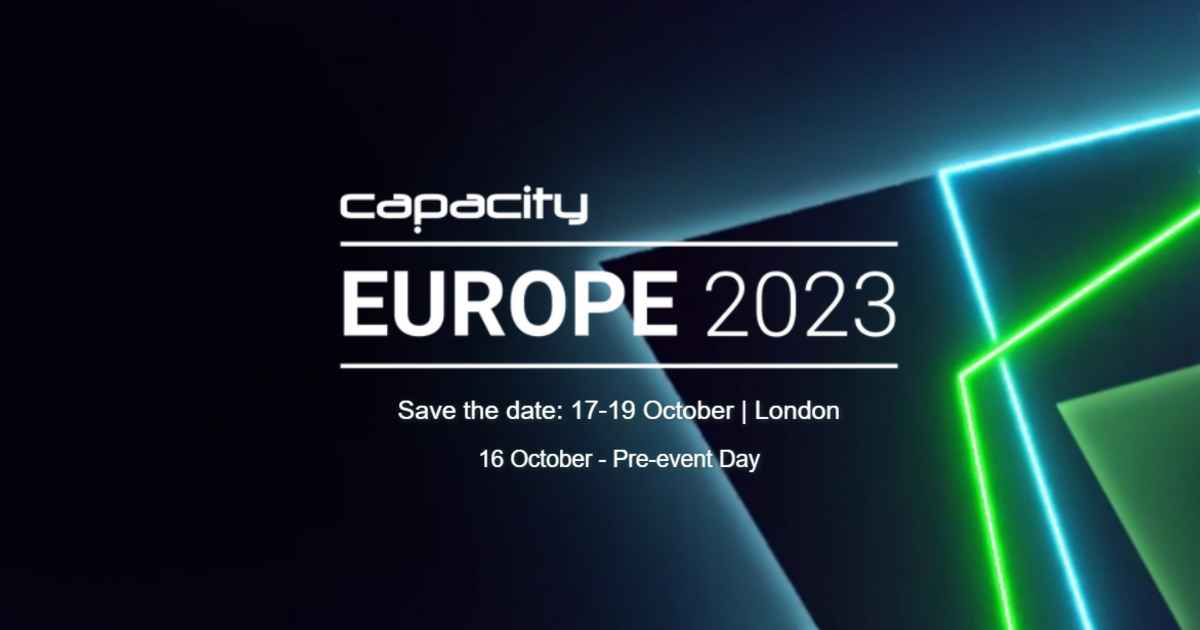
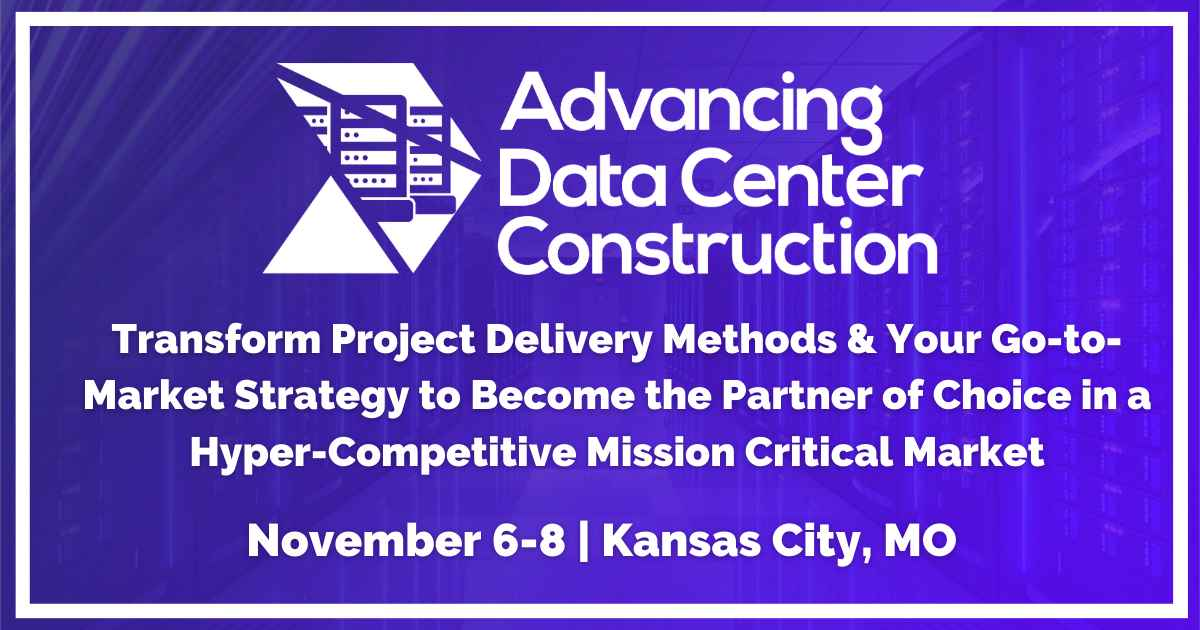




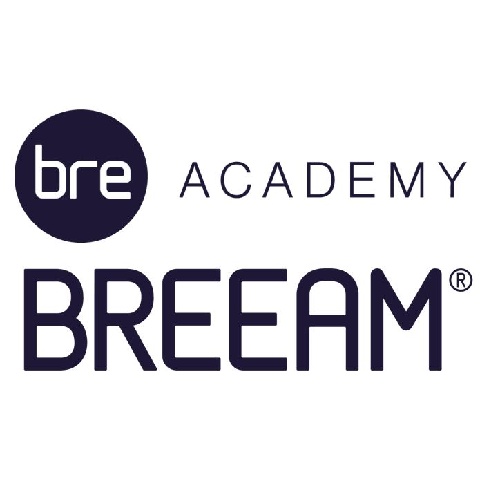
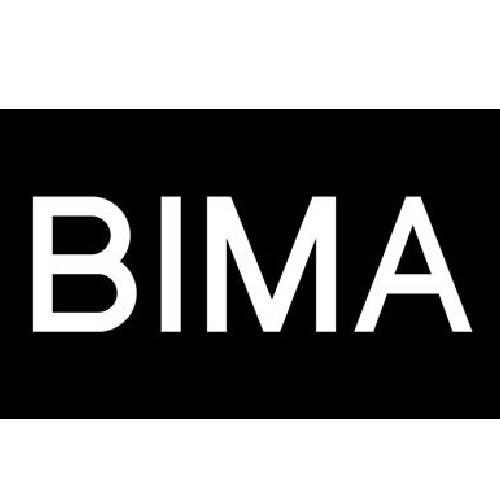
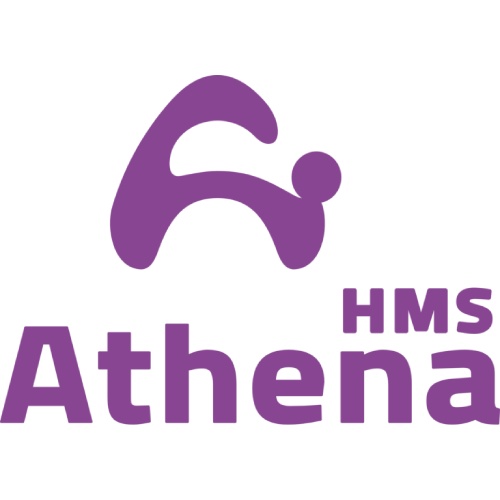



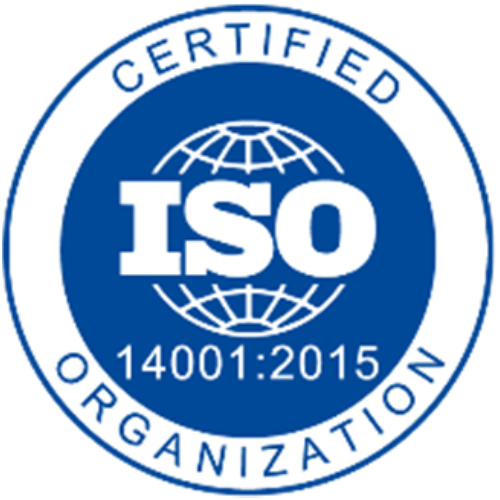
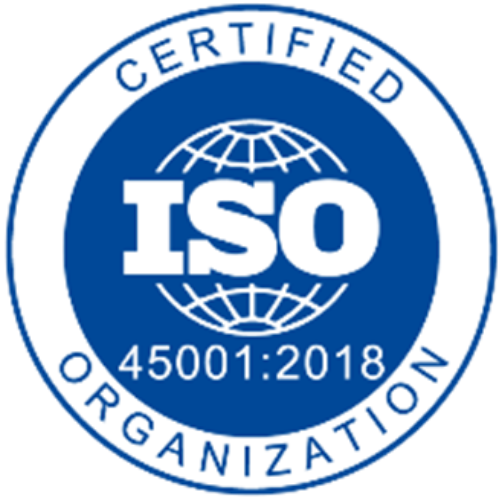
Leave A Comment